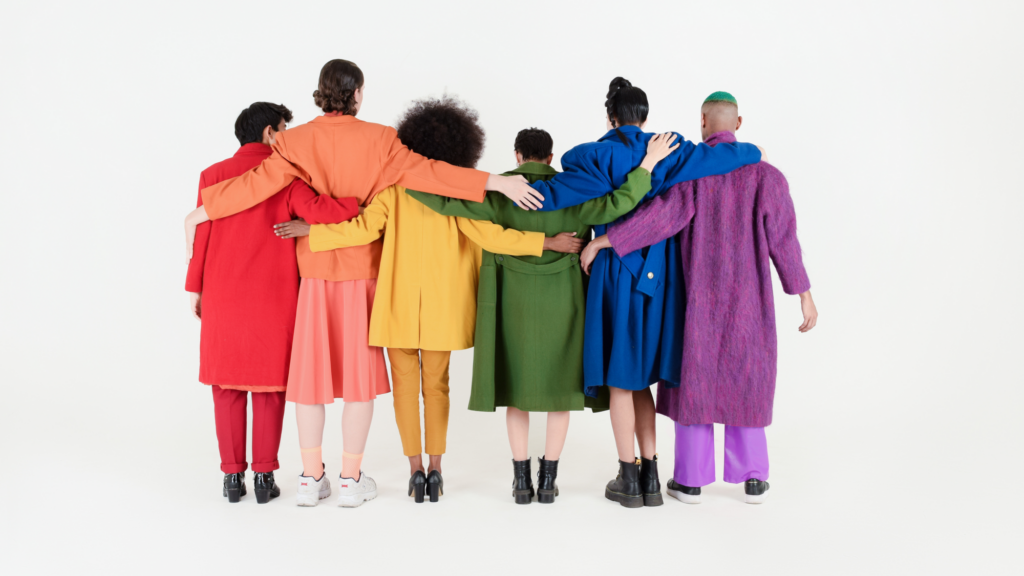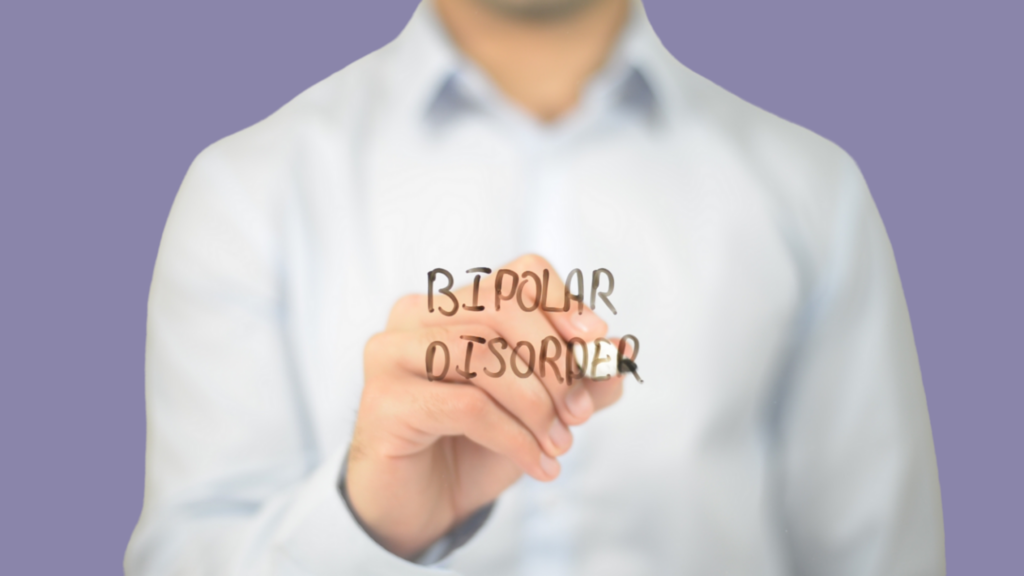
Phobias are more than just simple fears; they are intense, often overwhelming reactions that can disrupt daily life. While everyone experiences fear—like the jitters before a big presentation or a shiver at the sight of a spider—phobias take those feelings to another level. They trigger extreme anxiety, even when the actual threat is minimal or nonexistent, making it hard to enjoy everyday activities.
Classified as a type of anxiety disorder, phobias can manifest in various forms, from common fears like heights (acrophobia) or confined spaces (claustrophobia) to more unique ones. Understanding this distinction is key, as it highlights how phobias can lead to avoidance behaviors and emotional distress, significantly impacting one’s quality of life.
Phobias can feel isolating, but with the right support and tools, they can be managed and overcome. Taking the first step toward reclaiming their lives, people suffering with phobias will find that freedom from phobias is not just a possibility, but a reality.

Understanding Phobias
Individuals with phobias may experience symptoms such as rapid heartbeat, sweating, trembling, or even panic attacks when confronted with the source of their fear. This intense anxiety can lead to avoidance of specific situations, creating barriers that can affect one’s social and occupational functioning.
The key difference between fear and phobia lies in their intensity and impact. Fear is a natural response to real threats. For example, if you encounter a friendly-looking dog while walking, you might feel a twinge of anxiety, recalling a past experience with a larger dog. This response is normal and allows you to remain cautious.
In contrast, someone with cynophobia (fear of dogs) may experience panic at the sight of that same dog. Just thinking about encountering one can trigger a racing heart and overwhelming dread. This intense fear may lead them to avoid parks or friends’ homes, significantly limiting their social life.
The Broad Spectrum of Phobias
Phobias can be categorized into five main groups, each reflecting different types of fears:
- Animal Phobias: Common fears include those related to dogs, snakes, and spiders.
- Natural Environment Phobias: These encompass fears of elements like storms, water, and heights.
- Blood, Injection, and Injury Phobias: This category covers fears related to needles and medical procedures.
- Situational Phobias: These involve specific fears, such as flying or being in enclosed spaces.
- Other Phobias: This group captures unique fears, like the fear of clowns or losing control.
Recognizing these categories sheds light on the diverse experiences individuals face with phobias. Common phobias, like heights (acrophobia) or public speaking (glossophobia), are relatable to many. These fears often stem from deep-rooted instincts that have kept us safe for generations. Fortunately, a variety of resources and treatments are available to help individuals manage their fears.
As Laura Angley, a psychotherapist at PPG, powered by Geode Health, notes, “Some of the more common phobias in children include the fear of vomiting (emetophobia) and fear of needles (trypanophobia). Normalizing these fears and reassuring children that while neither getting shots nor throwing up is enjoyable, they can learn to tolerate discomfort and move forward.”
On the other hand, rare phobias, such as chromophobia (fear of colors) or hippopotomonstrosesquippedaliophobia (fear of long words), may leave people feeling isolated due to their uniqueness. Finding support and resources for these uncommon fears can be challenging, emphasizing the importance of seeking specific help.
The Triggers That Fuel Phobias
Phobias can be triggered by various situations, objects, or environments. For instance, someone with acrophobia may feel intense anxiety when standing on a tall building, while a person with arachnophobia may panic at the sight of a spider, whether real or in a picture. Certain environments can also be triggering; someone with claustrophobia might become extremely uncomfortable in an elevator or crowded space.
Traumatic events and learned behaviors often shape the development of phobias. For example, a scary experience, such as being bitten by a dog, can lead to a lasting fear that generalizes to all dogs. Similarly, if a child observes a parent reacting with panic to a spider, they may adopt that fear even without a personal negative experience.
This reveals that both personal experiences and the behaviors of those around us can significantly influence our fears and contribute to the development of phobias.
Prevalence of Phobias
Phobias are surprisingly common, impacting a large number of people both in the U.S. and around the world. According to The Cleveland Clinic, about 8% to 12% of people in the U.S. meet the criteria for specific phobias, while globally, the rates range from 2% to 6%. This shows that while phobias are widespread, their effects can vary from one place to another.
When we take a closer look at different age groups, the statistics reveal some interesting trends. Worldwide, around 3% to 9% of children experience specific phobias, and about 16% of teenagers in the U.S. (ages 13 to 17) are affected. Interestingly, as people get older, phobia rates tend to decrease; for older adults aged 65 and over, estimates range between 3% and 5%. This suggests that while many young folks deal with phobias, older adults often find ways to manage or even outgrow these fears.
Gender differences also play a role in the prevalence of phobias. Research indicates that women and people assigned female at birth (AFAB) are twice as likely to experience specific phobias compared to men and people assigned male at birth (AMAB). This highlights the importance of understanding how social, biological, and environmental factors come into play. Overall, the prevalence of phobias shows just how common these experiences are, emphasizing the need for effective support and treatment for those affected, no matter their age or gender.
The Impact of Phobias
Phobias can really interfere with daily life, turning simple tasks into major challenges. For someone with a phobia, just thinking about their fear—whether it’s a specific object or situation—can trigger a wave of anxiety. This often leads to avoidance, where they might go out of their way to steer clear of anything that reminds them of their fear. For example, someone who’s afraid of flying might skip vacations or work trips, missing out on great experiences. Over time, this can lead to feelings of isolation and make everyday activities feel more daunting.
On top of that, phobias come with a mix of symptoms that can make things even tougher. When faced with their trigger, people might experience a racing heartbeat, sweating, or trembling. Some might feel a rush of panic, which can escalate into a full-blown panic attack. It’s not uncommon for someone to feel like they’re losing control or even disconnecting from reality during these moments. Recognizing these effects and symptoms is key, as seeking help can lead to meaningful changes and a more enjoyable life.
Diagnosing and Treating Phobias
Phobias fall under the category of anxiety disorders. To receive an official diagnosis, the fear must be persistent—typically lasting six months or more—and must interfere with the individual’s life in significant ways.
Several treatment options cater to individual needs. Therapy is often the first line of treatment, particularly cognitive-behavioral therapy (CBT), which helps patients understand and modify their thought patterns and behaviors related to their phobias. Exposure therapy, a specific type of CBT, gradually exposes individuals to their fears in a controlled environment, helping them build confidence and reduce anxiety over time. In some cases, psychiatry may play a role, especially when symptoms are severe, or anxiety significantly impacts daily functioning. Medication management can help alleviate symptoms, allowing individuals to engage more fully in therapy.
Dr. Ana Segarra-Brechtel, Psychiatrist at PPG, powered by Geode Health, emphasizes the importance of a holistic approach: “Exposure and Response Prevention (ERP) Therapy is essential when treating phobias. Without it, providers may miss the opportunity to achieve symptom remission, leading to a higher risk of patient drop-out and exacerbation of comorbid depression.”
Real-Life Victories Against Phobias
At Geode Health, many patients have experienced transformative outcomes through treatment. For example, one patient struggling with a debilitating fear of driving found success through a combination of therapy and medication. Veronica Ndegwa-Gibbons, a Psychiatric Mental Health Nurse Practitioner at PPG, powered by Geode Health, noted, “My patient stopped driving, which required her to take time off work. However, with medications and exposure therapy, she is now back to work and driving long distances.”
Another example involves addressing childhood fears of needles. Therapist Angley explains, “Initially, externalizing the worry surrounding the phobia and ‘naming it’—especially with a relatable character name—along with incorporating humor, has been effective with my young patients.” This approach helps children learn to “talk back” to their worries. Angley shares a case where “my patient called her fear ‘Lucinda,’ and when she felt anxious the night before her vaccinations, she recognized it, saying, ‘Here comes Lucinda bothering me again before bedtime!’” This strategy helped her cope with and eventually overcome her fears.
Christine Vinci, a psychotherapist at Geode’s Elmhurst, Illinois location, recounts a case involving a patient with both aquaphobia (fear of water) and galeophobia (fear of sharks), stemming from the movie Jaws. Vinci explains, “While the fear of sharks generated anxiety around pools, aquaphobia had more debilitating effects. This patient struggled with hydration and hygiene, limiting bathing to very brief showers.” She emphasizes that progress in such cases is gradual. “Utilizing cognitive-behavioral therapy (CBT), we reframed the patient’s thoughts to reduce anxiety. This was a slow process, as we needed to address two distinct phobias. The water phobia took precedence due to its detrimental impact, and we gradually increased the duration of showers.”
These real-life stories illustrate that with the right support and treatment, individuals can overcome their phobias and reclaim their lives.
The Importance of Conquering Phobias
Overcoming phobias is essential for personal well-being. These fears can hinder enjoyment of life, preventing individuals from fully engaging in activities they love. Imagine being able to fly for a vacation or feel comfortable at social gatherings—conquering phobias opens new doors to experiences. It can boost confidence, improve relationships, and make everyday tasks more enjoyable.
The good news is that effective help is available, whether through therapy, support groups, or medication when necessary. If you or someone you know is dealing with a phobia, don’t hesitate to seek support. Taking that first step can lead to significant changes and a more fulfilling life.
Book an appointment today at book.geodehealth.com


